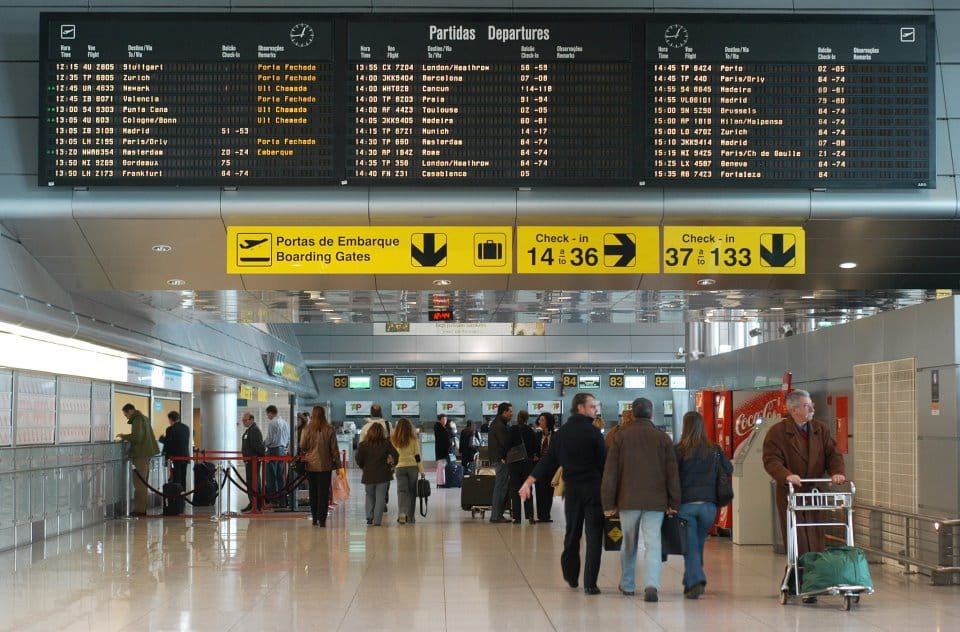“Invest in Porto’s Sá Carneiro airport instead!”
Discussing the government’s plans to switch Lisbon’s airport from run-down inner city Humberto Delgado to Alcochete in the next 10 years, the head of the Porto and Northern Portugal Tourism Board considers it is a “waste of money” to think about upgrading Humberto Delgado pro tem.
Talking to Lusa, Luís Pedro Martins, head of the Porto and Northern Portugal Tourism Board (TPNP) said the €300 million earmarked for the terminal’s ‘upgrade’ should be channeled into Porto’s Francisco Sá Carneiro airport instead.
It would ensure that once the first runway at Alcochete is ready, the country “would not only have an excellent airport in Alcochete, but also an excellent airport to the north”.
Otherwise, welcoming the decision for the new airport, Martins recalled that Porto’s Sá Carneiro is one of the most honoured in its segment, winning first place out of 15 million passengers.
He also argued that this is the time to seize “the opportunity to lay the foundations for a project capable of transforming the decades-long reality” of regional desertification, particularly in the North and its interior.
“I belong to a generation that grew up hearing study after study after study that indicated that the country was desertifying, but we never had any major project that managed to change this paradigm.
“Now we have a major project that could help change that: the Porto-Madrid high-speed rail link, crossing the north-east of Trás-os-Montes!”
For the head of the TPNP, not going ahead with this investment would be “to assume, once and for all, that there is a territory where we don’t want people”.
“If we want to continue to believe that it is still possible to develop these parts of the country, then we have to provide them with the infrastructure that can make it possible. Connecting to Madrid, at just 2.45 hours from Porto, passing through these territories, could make a difference,” he stressed.
The Vale d’Ouro Association, based in Pinhão, in the district of Alijó, Vila Real, took part in the public consultation for the National Rail Plan by submitting a study for a new high-speed line between Porto-Vila Real-Bragança-Zamora, a proposal that envisages a connection to the Madrid-Galicia high-speed line around 40 kms from the border.
However, in December it became known that this Transmontana line would not be included in the Trans-European Transport Network (TEN-T), writes Lusa.
Last week, the association announced that it has asked the new government for clarification on the Trás-os-Montes high-speed railway line after – in a response to questions raised by Vale d’Ouro – the European Union classified the project as being of “common interest” to Portugal and Spain.
The government has pledged to complete studies for the Lisbon-Madrid high-speed railway line, so that work on the Portuguese side can be finished at the same time as Spain, which is aiming for 2034.
At the time, Minister for Housing and Infrastructure, Miguel Pinto Luz, considers it legitimate that regions outside the metropolitan areas should, in some way, require mechanisms to ensure that the level of public investment is more or less the same throughout the country”. He stressed this”doesn’t mean that airports and railway lines are going to be built all over the countryside.
“It means that there has to be a rationalisation of investments that ensures that the regions all have the same opportunity to develop.
“In the specific case of Trás-os-Montes, these investments are very clear: the Trás-os-Montes line with a connection to Zamora and the Douro line, on a more local level, and its reopening to Salamanca”.
LUSA


























